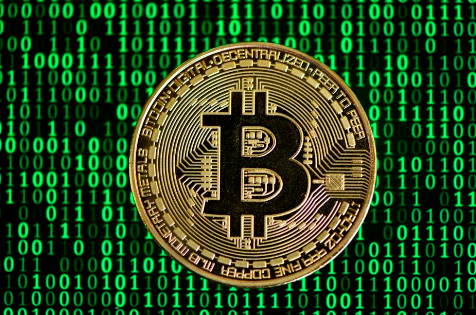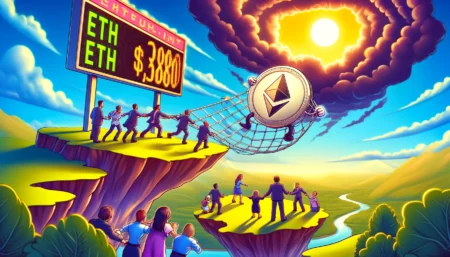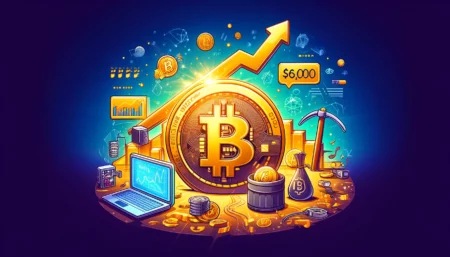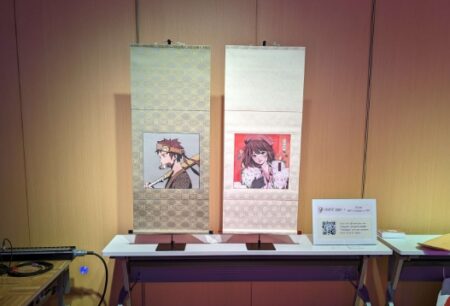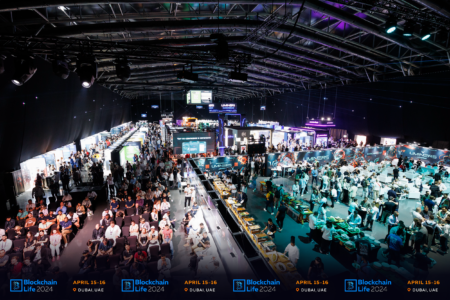More than 7,000 Ordinal inscriptions have been included on the Bitcoin BTC 0.23% blockchain, leading to increased popularity among some Bitcoin communities. Despite the complicated procedures to issue Ordinal inscriptions, the protocol has taken off in recent months, serving as a Bitcoin-native NFT.
The Protocol Gaining Momentum
Ordinals is a protocol that allows each Bitcoin Satoshi to be identified with a non-fungible number. Although the process of including an element in the Bitcoin blockchain (an “inscription”) is still very difficult, with each user having to run a full Bitcoin node to make an inscription, the protocol has garnered a following among certain Bitcoin communities.
As of 12:00 p.m. ET on Feb. 6, the protocol has already served to bring more than 7,000 inscriptions to the Bitcoin blockchain. While inscriptions can contain a variety of content, including images and text, most are images that will be forever preserved as part of the blockchain.
Taproot Wizards and Collections
One of the more well-known inscriptions collections being issued is Taproot Wizards, promoted by crypto influencers Udi Wertheimer and Eric Wall. The first Taproot Wizard was issued on top of the largest block ever mined in the Bitcoin blockchain and featured an image of the “magic internet money meme wizard” introduced by Mavensbot in 2013.
There are currently six different inscriptions with art derived from the meme, and other collections like Ordinal Rocks and Ordinal Punks, which mimic Ethereum ETH -0.21%’s Cryptopunks, have also emerged. However, the market for commercializing and monetizing these inscriptions is still in development, with no official marketplace available at present.
Ordinal inscriptions, viewed as a kind of NFT for the Bitcoin community, are gaining popularity among certain Bitcoin circles, despite the complicated procedures to issue them. The protocol has already served to bring more than 7,000 inscriptions to the Bitcoin blockchain, with collections like Taproot Wizards and Ordinal Rocks emerging as a result. The dynamics of establishing a market for these inscriptions are still in progress, with reports of sales in secondary markets, but there is currently no way to verify if these sales are real.
